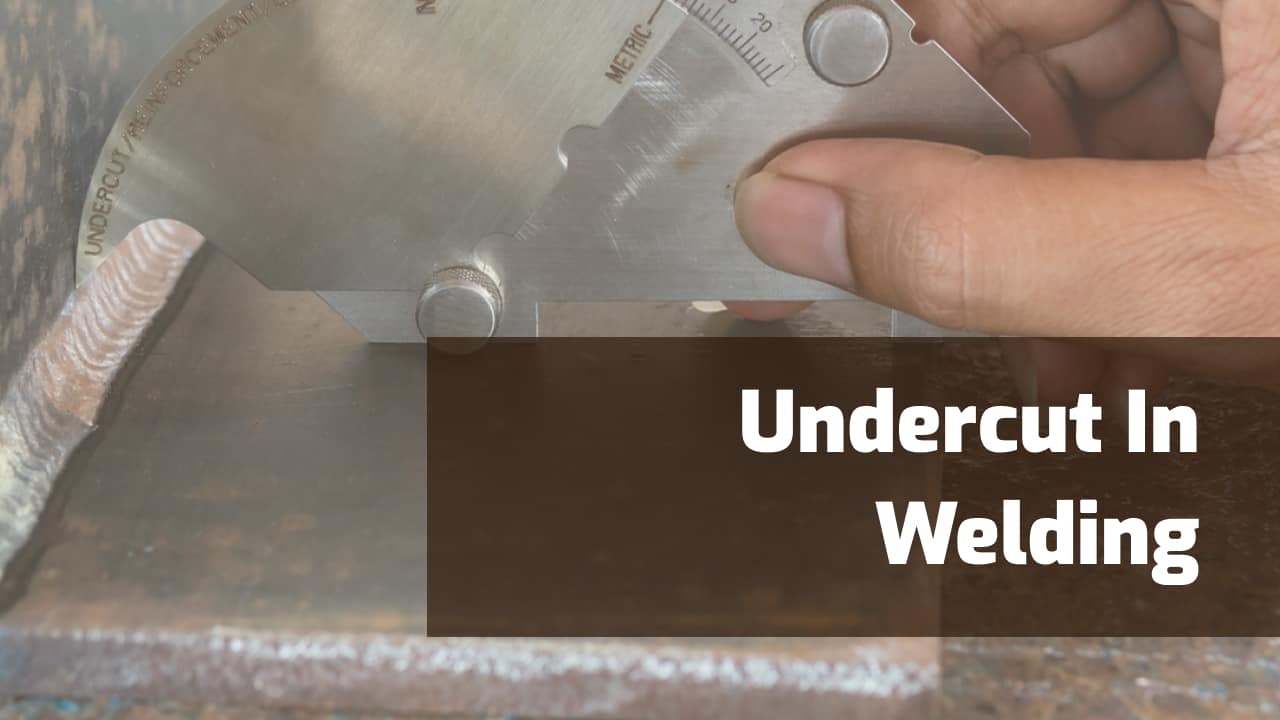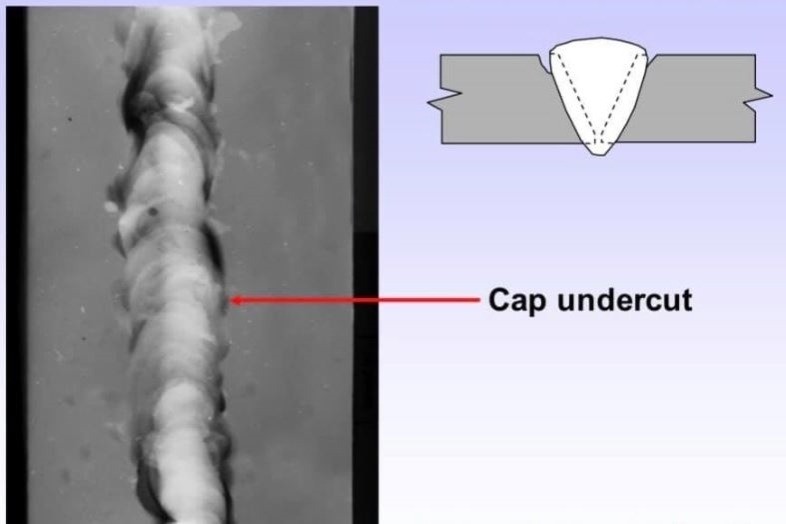Grasping the Art of Welding: Just How to Prevent Undercut Welding Issues for Flawless Fabrication Results
By comprehending the origin creates of undercut welding and implementing effective techniques to prevent it, welders can raise their craft to new levels of excellence. In the quest of perfect construction results, grasping the art of welding to prevent undercut problems is not just a skill but a necessity for those striving for perfection in their work.
Understanding Undercut Welding

To prevent undercut welding, welders ought to guarantee appropriate welding specifications, such as changing the present, voltage, travel rate, and preserving the right electrode angle. By recognizing the reasons of undercut welding and applying preventative actions, welders can attain high-quality, structurally audio welds.
Reasons of Undercut in Welding
Understanding the factors that add to undercut in welding is essential for welders to generate high-quality, structurally sound welds. When the weld steel does not effectively load the groove developed between the base steel and the formerly deposited weld steel, damaging happens. Several factors can bring about damage in welding. One typical reason is extreme warm input. Welding at high temperatures for extensive durations can cause the base steel melting greater than wanted, causing undercut. Poor welding present or incorrect welding rate can likewise add to damage. Insufficient current might not offer adequate warm to thaw the base and filler metals sufficiently, while excessive rate can prevent correct fusion, creating undercut. Additionally, inappropriate electrode angles or incorrect lantern manipulation strategies can create locations of reduced weld metal deposition, advertising undercut. Comprehending these reasons and executing correct welding techniques can assist prevent undercutting concerns, making sure sturdy and strong welds.
Strategies to Avoid Undercutting

To mitigate the threat of damaging in welding, welders can use tactical welding techniques intended at boosting the quality and integrity of the weld joints. In addition, making use of the proper welding technique for the specific joint arrangement, such as weave or stringer beads, can add to reducing damaging.
In addition, proper joint prep work, consisting of making sure clean base materials totally free of impurities and making use of the proper welding consumables, is important in avoiding undercut flaws. Utilizing back-step welding techniques and managing the weld grain profile can additionally assist disperse warm evenly and reduce the danger of undercut. Normal examination of the weld joint during and after welding, as well as implementing quality control actions, can assist in identifying and addressing undercutting problems quickly. By applying these techniques faithfully, welders can attain remarkable fabrication results with minimal undercut flaws.
Importance of Appropriate Welding Parameters
Selecting and preserving proper welding criteria is important for accomplishing effective welds with marginal issues. Welding parameters refer to variables such as voltage, current, travel rate, electrode angle, and shielding gas flow rate that directly impact the welding process. These specifications should be thoroughly adjusted based on the sort of material being welded, its density, and the welding technique utilized.
Appropriate welding specifications make sure the appropriate quantity of warmth is put on thaw the base steels and additional resources filler material consistently. If the criteria are set too expensive, it can bring about too much warmth input, creating distortion, burn-through, or spatter. On the other hand, if the criteria are also reduced, insufficient blend, absence of infiltration, or undercutting may take place.
Quality Control in Welding Workflow

Final Thought
To conclude, understanding the art of welding needs a comprehensive understanding of undercut welding, its causes, and methods to avoid it. By ensuring appropriate welding parameters and applying quality control methods, flawless construction results can be attained. It is important for welders to continually pursue quality in their welding operations to stay clear of Look At This undercut problems and produce top notch welds.
Undercut welding, a common issue in welding processes, takes place when the weld metal doesn't properly fill up the groove and leaves a groove or clinical depression along the welded joint.To protect against undercut welding, welders ought to make sure correct welding criteria, such as adjusting the current, voltage, travel rate, and maintaining the appropriate electrode angle. Poor welding wrong or current welding speed can additionally add to undercut.To alleviate the threat of undercutting in welding, welders can employ calculated welding strategies aimed at enhancing the high quality and honesty of the weld joints.In conclusion, mastering the art of welding needs a detailed understanding of undercut welding, its causes, and techniques to avoid it.